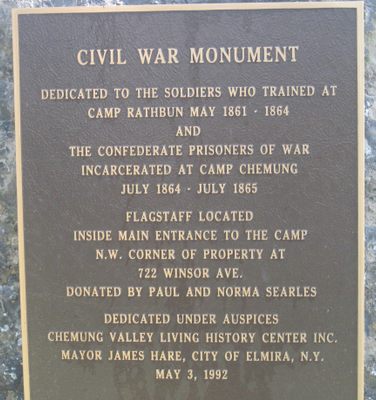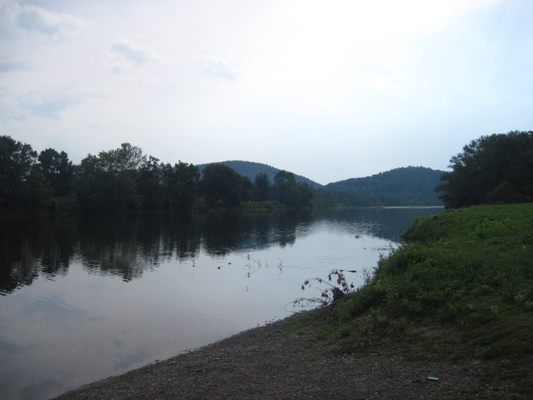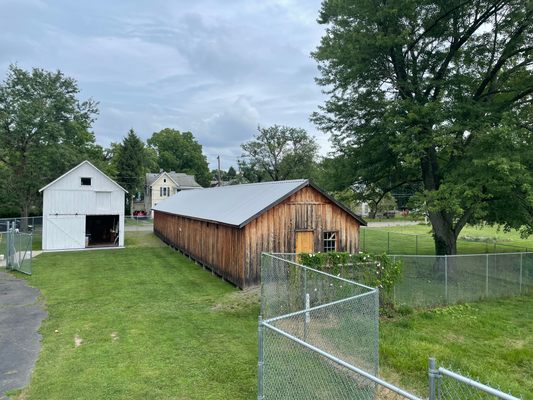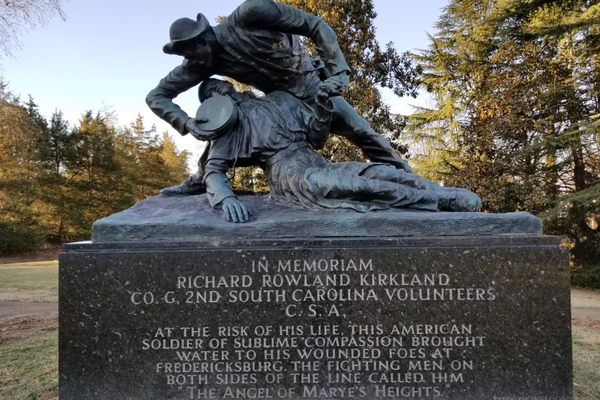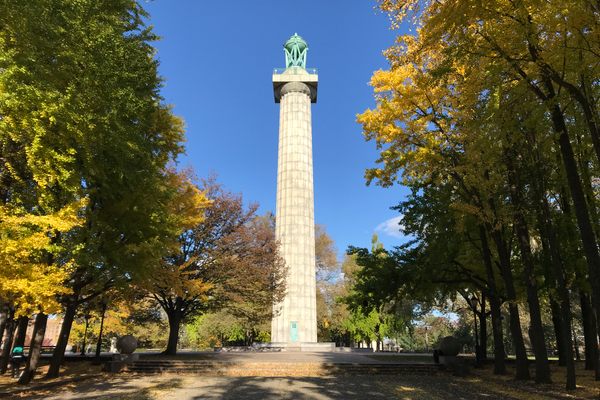About
Visitors to the small city of Elmira in upstate New York could be forgiven for not realizing that it was once home to one of the most torturous prison camps of the Civil War since there is little reminder of the thousands that died or were made sick during the POW holding center single year in operation.
The Elmira fort that would come to be known as "Hellmira" among its prisoners began as a Union training post called Camp Rathbun. After serving to condition Union troops for years, the camp began to fall into disrepair and was turned into a prison camp in in 1864 with almost no notice. When the order came down that Camp Rathbun, which was designed to accommodate around 6,000 recruits was to be converted into a prison to hold an incoming 10,000 soldiers, the Union Commissary General was given just 10 days to make it happen. Unsurprisingly this led to problems from the start.
Despite inadequate kitchens, water sources, housing, and no hospital, the prisoners began arriving in July of 1864. Food was almost immediately rationed to barely livable amounts leading to prisoners taking to eating and trading the rats that seemed endemic to the tightly packed squalor of the camp. A large dog was brought in to combat the vermin problem, but he too was eventually eaten by two enterprising prisoners. The stagnant wash water began to spread disease among the inmates, and combined with the growing malnutrition, people began to die off once the harsh winter weather arrived. Of the just over 12,000 prisoners sent to the camp, nearly 3,000 died there.
For their part, the Union general who oversaw the facility successfully covered up the tragic mistreatment and it was not until the camp was closed in September of 1865 that the true horrors of "Hellmira" began to see the light of day. As though to erase the memory, the prison grounds were razed and buried under farmland.
Today, the unfortunate prison camp is remembered by a brass plaque set into a large flagstone on the site of the main entrance to the camp. While it does little to evoke the inhumane conditions that thrived over that cold winter in 1864, it is warming to know that those who perished have not been forgotten.
Related Tags
Know Before You Go
Between Water St. and the Chemung River.
Community Contributors
Added By
Published
November 11, 2014

